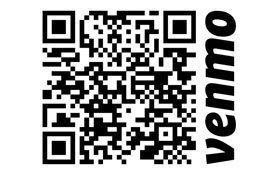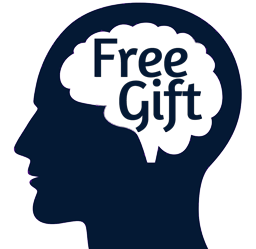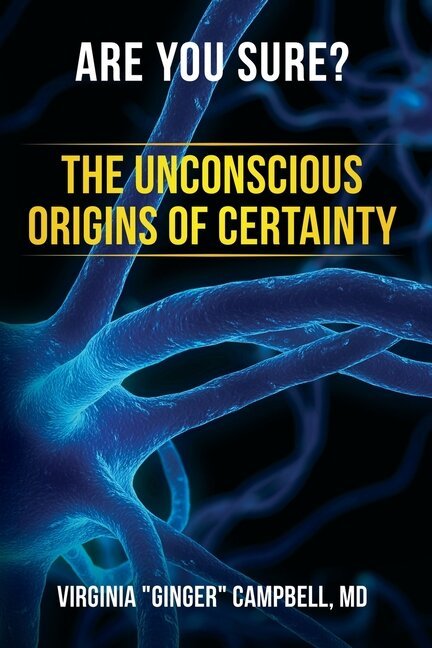Excerpt from Transcript for BS 190 with David Badre
Click here to buy complete transcript for $3.50
I want to thank David Badre for taking the time to talk with us about his book, On Task: How Our Brain Gets Things Done. Of course, we barely scratched the surface during our brief conversation. On Task contains a detailed review of the research, including the discussion of how work in artificial intelligence and computational neuroscience has influenced the design of experiments. For example, if you want to know why he rejects the idea of willpower as a limited resource, please read the book and evaluate the evidence for yourself. This book contains information for listeners of all backgrounds, but today we focused on the practical implications of this work.
On Task: How Our Brain Gets Things Done is an in-depth review of the current scientific understanding of cognitive control. Humans appear to have a unique ability to both plan and execute plans. The brain circuits that make this possible must constantly make trade-offs between stability and flexibility, but thankfully, we can continue to learn and adapt throughout our lives. During the interview, I tried to focus on the practical implications, rather than the detailed neuroscience. So, I want to remind you that all the detail and references you could possibly want are in the book.
One of the ideas that really stood out for me was the role of learning and cognitive control. We learn cognitive control through experience. This is a critical idea for parents and teachers. Cognitive control has many elements, including working memory, so it’s no wonder that it fails during neurodegenerative diseases like Alzheimer’s and Parkinson’s, and even schizophrenia. I’ve often talked about why multitasking is impossible – that evidence is reviewed in this book, and David makes practical suggestions about helping our brain rather than hindering it with distracting cues.
The word “willpower” was not mentioned, but I did ask him to talk about the latest evidence that shows that cognitive control is not the limited resource that some theories claim. The key idea is that cognitive control is what allows us to plan and carry out tasks, even the ones that appear simple. And it allows us to adapt to new situations, like learning to wear masks during the COVID pandemic. Cognitive control changes over our lifespan, and we talked about why experience plays an important role in developing cognitive control. But we didn’t have a chance to discuss what happens later in life. That’s in the book.
Another important idea about cognitive control is that that is how we bridge the gap between plans and action. Oftentimes, people who have damage to these circuits can make a plan, but they can’t necessarily execute it. There’s a lot of neuroanatomy in this book, for those who are interested, but I think it’s important to remember that cognitive control involves more than just the prefrontal lobes. And there are at least two separate networks involved that connect the prefrontal cortex to other parts of the brain. We talked about the fact that working memory is central to control, and we also talked about the fact that the basal ganglia are involved in gating what information makes it working memory. This seems to involve using circuitry that originally evolved to control movement. These are structures that we share with all vertebrates.
We didn’t get into the specific experimental evidence, but he did talk about the concept of convergent evidence, which is what occurs when a wide variety of experiments seem to point in the same direction. He seems to have assumed that people have gotten the word that multitasking is impossible, which I think might be a little overly optimistic. Aside from the bottlenecks caused by needing to use the same resources, we touched on the importance of environmental cues. This was something he went to in the book that has practical implications. He mentioned how he has these different desktops on his computer to help overcome the fact that it is not possible to have a completely different environment for each task that he needs to do. I encourage you to think creatively about your environment and whether there are steps you can do to minimize distracting cues. This will help your brain stick on one task at a time.
What about stopping? Obviously, being able not to do something is also important. Oddly enough, this does not necessarily mean inhibiting neurons from firing. Failures of inhibition of behavior may actually represent failures in monitoring or motivation. In the book, David describes how there is actually a different circuit that creates a global stop signal. He talks about why and where this happens. Again, I encourage you to read the book to learn more.
I did ask him to address the influential theory that cognitive control is a limited resource that can be exhausted. Many of you may be familiar with this idea; that’s why I felt it was important to introduce the fact that it’s not standing up to contemporary research. The details in the references about this are also in the book. In the end, he returned to the importance of the gap between knowing and doing. This can be a challenge both at the individual and at the societal level. But he emphasized that we still have incredible flexibility that has not yet been replicated by artificial intelligence.
On Task: How Our Brains Get Things Done is a meaty book that is probably going to appeal to people who’ve been listening to this show for a while, and especially to students and those working in the field, but it is very accessible to anyone who thinks that this is a question that they want to learn more about.
Click here to but complete episode transcript for $3.50
Premium subscribers and Patreon Supporters (>$3/month) get full episode transcripts every month.



